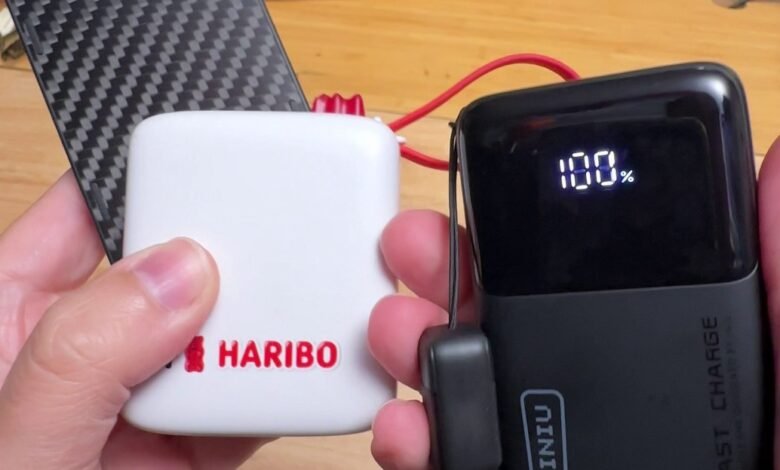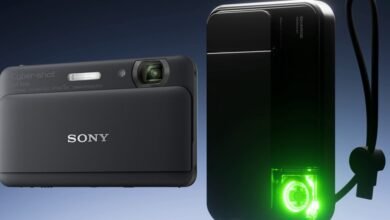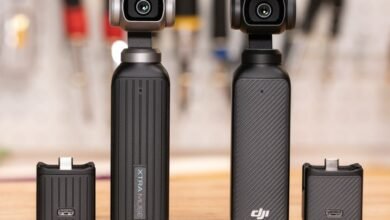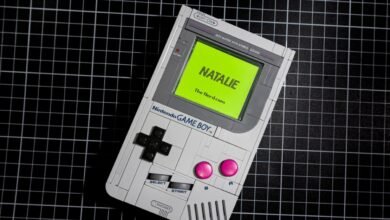Pocket Rocket Outperforms Haribo Gummy Bear Battery

▼ Summary
– The author tested three ultralight batteries (Nitecore, Haribo gummy bear, and Iniu) and found no single clear winner due to various tradeoffs.
– All batteries had slightly inaccurate specifications, with measured weights and dimensions differing from advertised claims.
– The Nitecore was the lightest and offered the most energy output but overheated and stopped charging during tests, affecting reliability.
– The Haribo and Iniu batteries provided more consistent charging without overheating and included built-in or detachable cables, unlike the Nitecore.
– The author ultimately chose the Iniu Pocket Rocket for its ability to charge larger gadgets, included cable, and overall value, despite the Nitecore’s durability and water resistance.
For ultralight backpackers, finding the perfect power bank involves balancing weight, performance, and real-world usability. The search for the best ultralight battery reveals that no single option is perfect, with each model presenting unique trade-offs between portability, reliability, and included accessories. A recent hands-on comparison of three popular models, the Nitecore, Haribo gummy bear, and Iniu Pocket Rocket, demonstrates how specifications don’t always tell the full story.
My testing began after hearing fellow enthusiasts rave about the gummy bear battery’s performance. Equipped with precision tools including Mitutoyo calipers, a digital kitchen scale, and a Power-Z KM003C power analyzer, I measured everything from physical dimensions to actual power delivery. The results immediately exposed discrepancies between marketing claims and reality.
Every battery tested was slightly heavier, thicker, or lower in capacity than advertised. The Nitecore weighed 7 grams more than claimed, while the Haribo gummy bear measured 2 millimeters thicker and 4 grams heavier than its Japanese specifications. The Iniu proved nearly 2 millimeters wider than stated. These differences might seem minor, but for gram-counting backpackers, every deviation matters.
Capacity testing revealed even more significant variations. While all three batteries advertise 10,000mAh, watt-hours provide a more accurate measure of true capacity. The Nitecore delivered 33.33 watt-hours of useful output, outperforming the Haribo’s 31.48 watt-hours and the Iniu’s 31.03 watt-hours. The Nitecore also achieved the highest energy density at 212.3 milliwatt-hours per gram, making it technically the most efficient option.
However, practical considerations quickly complicated the picture. The Nitecore costs twice as much as its competitors and doesn’t include a charging cable. Adding even the lightest 10-gram cable brought its total weight to 167 grams, identical to the Iniu with its included braided nylon cable and lanyard. The Haribo features a built-in cable but cannot be charged using that same cable, requiring users to carry an additional cord for recharging.
During real-world testing, the Nitecore demonstrated a significant drawback: overheating. When attempting to charge a Galaxy S25 twice, the Nitecore stopped charging midway through the second cycle due to temperature concerns. After reconnecting, it delivered only 1.62 total charges compared to the Haribo’s consistent 1.72 charges. Neither the Haribo nor Iniu experienced similar overheating issues, providing reliable performance throughout testing.
The Iniu offered unique advantages with its ability to deliver 45W of power, enough to charge a Steam Deck from 0 to 51 percent. While it typically operated at 30W rather than maintaining the full 45W, this capability far exceeded what the other batteries could manage. The removable lanyard and detachable cable system also proved convenient for organization and charging flexibility.
Durability considerations favored the Nitecore, with its carbon fiber construction, protective rubber corners, and IPX5 water resistance rating. Both the Haribo and Iniu use simpler plastic housings that likely offer less impact protection. For backpackers facing rough conditions, this could be a deciding factor despite the higher price.
Ultimately, the Iniu Pocket Rocket emerges as the most versatile choice for most users. At just over $30 with included cable, reliable performance, and the ability to charge larger devices, it provides the best balance of features. While the Nitecore offers superior energy density and durability, its overheating issues and higher cost make it less practical for extended trips. The Haribo gummy bear remains a solid budget option with its built-in cable, though the inability to charge the battery with that same cable presents a frustrating limitation. For those seeking maximum performance per gram regardless of cost, the Nitecore delivers, provided you can work around its thermal limitations and don’t mind purchasing accessories separately.
(Source: The Verge)



